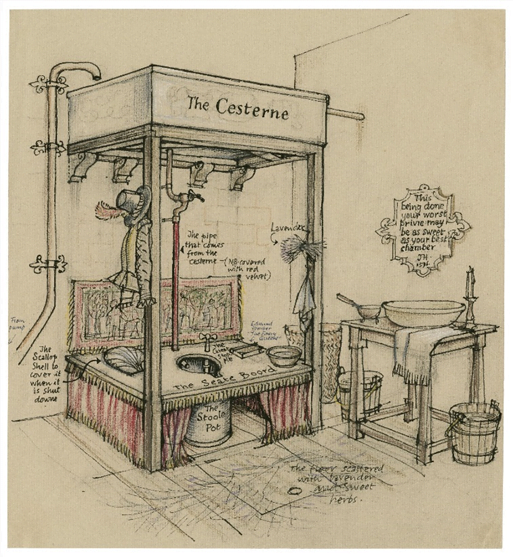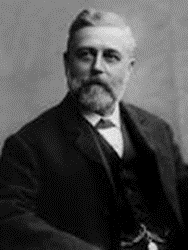
We all use it, many times every day: The throne, The Crapper, The Head, a Water Closet…The Toilet. It’s one on those inventions that has become so much an everyday item that we scarcely notice it…until it malfunctions. The flush toilet was invented in 1596 by Sir John Harrington when he described a new kind of water closet: a raised cistern with a small pipe down which water ran when released by a valve.
It wasn’t until 200 years later that a man named Alexander Cummings created an S shaped pipe under the basin that kept seer gasses from entering the “closet”. This was the S Trap. Every plumbing fixture now has a trap between it and the sewer to prevent gases from entering the living space.
In the 1880’s Prince Edward of England hired a prominent plumber by the name of Thomas Crapper to install lavatories in several palaces. Mr. Crapper invented the ball cock. This is the valve in a toilet tank that allows water in to refill the tank and then automatically shuts off. Contrary to popular belief, Thomas Crapper did not invent the toilet….he just improved upon it.

Early toilets used as much as 7.5 gallons of water per flush. That is treated water going down the drain. And 7.5 gallons of waste water that needs to be treated. Very few, if any, toilets in use today use 7.5 gallons per flush. However, many current toilets use 3.5 gallons per flush (gpf). That was the standard prior to 1994.
The 3.5 gpf toilet was a flushing fool. The Energy Policy Act of 1992 required that all toilets manufactured for sale in the USA after January 1, 1994 use not more than 1.6 gallons per flush. That is less than half the water used in the then standard toilet. The Act became effective on October 24, 1992. That gave manufacturers of toilets a scant 14 months to design, test and manufacture a totally new toilet.
The first few generations of the 1.6 gpf toilet were horrible. You had to flush twice just to clean the bowl. Many clogged way too easily. People were hording 3.5 gpf toilets and selling them on the black market. Canada had no such law at the time so many Americans were crossing the northern border to buy flushable toilets. There is still some perception that the low flow toilets today don’t flush well. Some don’t, but many do.
Some toilets are high efficient (use little water) but low performance. There is a way to determine if a high efficient toilet will flush well before it is installed. It is called the MaP rating. MaP stands for Maximum Performance. See my next post to read all about MaP rating!
Same Day Emergency Service available! Call us at 410-840-8118 or fill in the form.





